Refine listing
Actions for selected content:
16950 results
Frontmatter
-
- Book:
- Atlas of the Galilean Satellites
- Published online:
- 05 June 2012
- Print publication:
- 05 August 2010, pp i-vi
-
- Chapter
- Export citation
Ganymede
- from Atlas of the Galilean Satellites
-
- Book:
- Atlas of the Galilean Satellites
- Published online:
- 05 June 2012
- Print publication:
- 05 August 2010, pp 107-178
-
- Chapter
- Export citation
4 - Geology of the Galilean satellites: An introduction to the images
-
- Book:
- Atlas of the Galilean Satellites
- Published online:
- 05 June 2012
- Print publication:
- 05 August 2010, pp 18-28
-
- Chapter
- Export citation
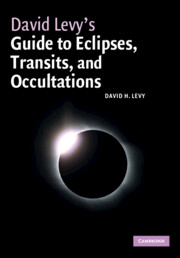
David Levy's Guide to Eclipses, Transits, and Occultations
-
- Published online:
- 04 August 2010
- Print publication:
- 19 August 2010
Supernovae and Supernova Remnants
- IAU Colloquium 145
-
- Published online:
- 04 August 2010
- Print publication:
- 21 March 1996
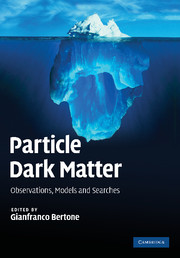
Particle Dark Matter
- Observations, Models and Searches
-
- Published online:
- 04 August 2010
- Print publication:
- 07 January 2010
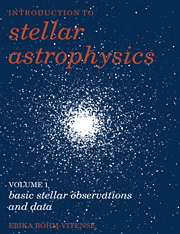
Introduction to Stellar Astrophysics
-
- Published online:
- 04 August 2010
- Print publication:
- 25 August 1989
The Nature of Compact Objects in Active Galactic Nuclei
- Proceedings of the 33rd Herstmonceux Conference, held in Cambridge, July 6-22, 1992
-
- Published online:
- 04 August 2010
- Print publication:
- 03 March 1994
The Magellanic Clouds
-
- Published online:
- 04 August 2010
- Print publication:
- 27 February 1997
Molecular Hydrogen in Space
-
- Published online:
- 04 August 2010
- Print publication:
- 06 November 2000
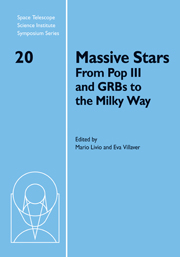
Massive Stars
- From Pop III and GRBs to the Milky Way
-
- Published online:
- 04 August 2010
- Print publication:
- 12 November 2009
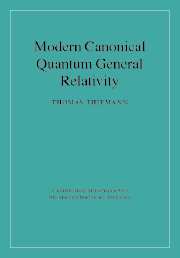
Modern Canonical Quantum General Relativity
-
- Published online:
- 04 August 2010
- Print publication:
- 13 September 2007
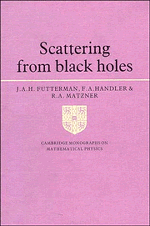
Scattering from Black Holes
-
- Published online:
- 04 August 2010
- Print publication:
- 31 March 1988
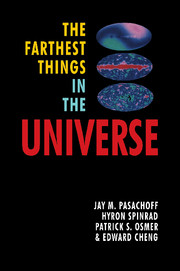
The Farthest Things in the Universe
-
- Published online:
- 04 August 2010
- Print publication:
- 13 October 1994
Instrumentation for Large Telescopes
-
- Published online:
- 04 August 2010
- Print publication:
- 09 October 1997
Interstellar Turbulence
-
- Published online:
- 04 August 2010
- Print publication:
- 28 May 1999
Very Low-Mass Stars and Brown Dwarfs
-
- Published online:
- 04 August 2010
- Print publication:
- 27 November 2000
Epilogue
-
- Book:
- Classical Measurements in Curved Space-Times
- Published online:
- 03 May 2011
- Print publication:
- 29 July 2010, pp 265-266
-
- Chapter
- Export citation
Index
-
- Book:
- Classical Measurements in Curved Space-Times
- Published online:
- 03 May 2011
- Print publication:
- 29 July 2010, pp 305-309
-
- Chapter
- Export citation
1 - Introduction
-
- Book:
- Classical Measurements in Curved Space-Times
- Published online:
- 03 May 2011
- Print publication:
- 29 July 2010, pp 1-10
-
- Chapter
- Export citation
